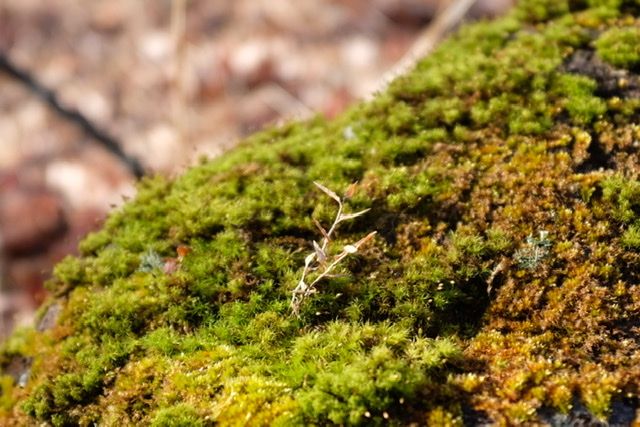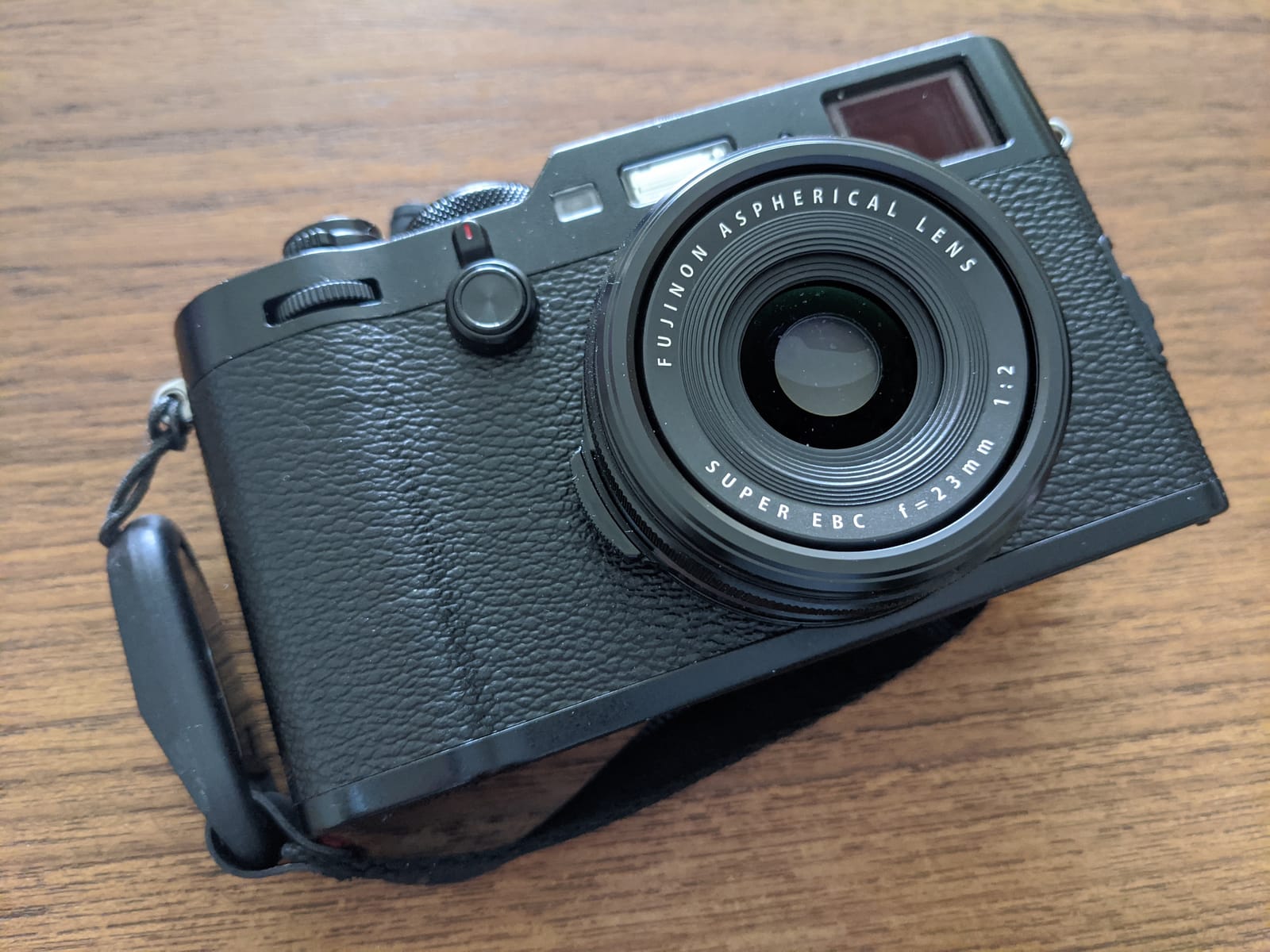
One of the travelling preparation is to plan out the gear I would take along. One thing in particular is the cameras I would take.
With the advancement in mobile phone development, the photo quality is so good that it could easily be the portable camera of choice. Apart from photo quality, the GPS tagging and photo stream upload ease the sharing and journaling, too.
For this trip, my kids and nature would be the stuff I would be taking. But there's one special thing that I want to shoot in the trip - the stars! It makes me to think which camera I should take along to accomplish this.
- The "go-to" camera - Pixel 4
- The "quality" camera - Fuji X100F
- The "action" camera - Sony RX0 II, GoPro Hero 7
- The "backup" camera - iPhone XS, Sony RX0
A lot of cameras but turns out I am using the Pixel 4 and Fuji X100F most of the time, iPhone occasionally. And below are my learning in this trip.
Know your camera well
Even with the best tools, there's no guarantee that quality photos are produced. Basis like holding the camera steady, knowing the settings are important. One feature on X100F that I like is aperture bracketing. When there is a big contrast in lighting, taking multiple shots with variance on aperture compensation help to grab details on different level. I can decide which one to keep later on and even better is, I can assemble a HDR image with tools like Luminar.
Another mistake I learned from this trip is, be familiar with the changes after firmware upgrade. I am not very disciplined to update my camera with the latest firmware, and I usually notice just days before my trip. Same thing happened in this trip which I upgraded my RX0 II with a new firmware that supports AF-S. I thought I know how to use it and only realize my video is out of focus most of the time.
In case if you are not aware, Nasu is a highland and temperature could drop to below zero at night. Taking star photos in Winter means two things,
- Freezing cold
- Blind as a bat
Setting up the tripod is already difficult but the harder part is fiddling with the little switches on my X100F - changing it to manual focus, B mode shutter and fixing the ISO. I could find my way luckily and life would be easier if I have a headlamp.

When to use which
The best camera is the one you have with you - whoever said that
My rule of thumb is, use X100F whenever I have time to compose and Pixel 4 for anything else. I like the details that could be captured by my X100F, the contrast, the color are just amazing. Another thing I like is the cropping of frame between 28mm, 35mm and 50mm by just turning the focal ring nob.

Pixel 4 is both convenient and also capable. I enjoying taking picture and also video with this handy device. Battery life is OK since I am using it more as a camera than phone. Apart from the camera, it's the built in GPS I rely on a lot since it provides the location data for tagging the photos I took with the X100F.
Software counts as well
There are several mobile apps that I found to be very useful. The first one is PhotoPills , it helps me to plan out my shots by telling me where the milky way will be at certain time.
Another apps I enjoy using is Star Guide. Kids are very excited to look around with the AR, pointing what they see with the orion belt, the Venus, whatever stars they could "see".
I keep everything in iCloud. PhotoSync helps me to pull images from Google Photos into my iCloud photo stream. I could then consolidate everything and share.
I am looking forward to my next trip!

